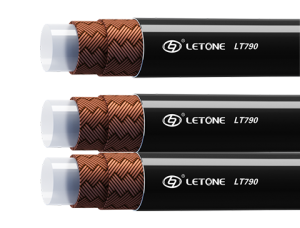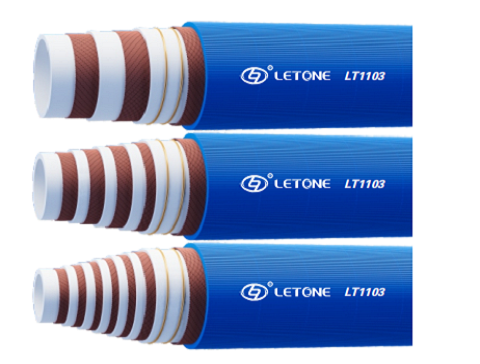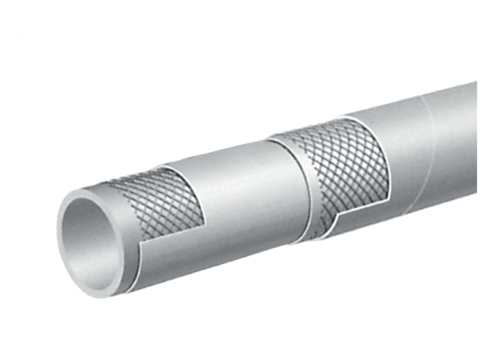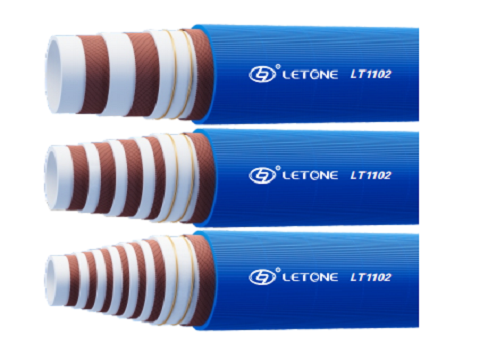Among many high-performance materials, Ultra High Molecular Weight Polyethylene (UPE) has attracted much attention due to its excellent wear resistance and chemical resistance. As a thermoplastic, UPE is composed of long-chain molecules, endowing it with unique physical and chemical properties, especially in terms of chemical resistance. UPE exhibits extremely high stability. This article will delve into the chemical tolerance of UPE and analyze its performance and advantages in various industrial applications.
Basic principles of UPE chemical tolerance performance
The chemical tolerance of UPE is primarily attributed to its highly crystalline non-polar structure. This means that the intermolecular forces between UPE molecules are mainly through van der Waals forces rather than chemical bonds. This structure gives UPE excellent tolerance to a wide range of chemicals, including acids, bases, and organic solvents. The high crystallinity and long-chain polymer properties of UPE molecules reduce the possibility of external chemical molecules penetrating and diffusing, thereby improving their resistance to chemical erosion.
The chemical resistance of UPE materials is influenced by different factors. Firstly, the influence of molecular weight. The molecular weight of UPE is usually between 3 million and 9 million daltons, and as the molecular weight increases, the mechanical and chemical properties of the material will be improved. This is because high molecular weight increases the length of the molecular chain, thereby improving the overall density and crystallinity of the material, making it more difficult for chemicals to invade.
 The environmental temperature is also a key factor affecting the chemical tolerance performance of UPE. Generally speaking, UPE maintains its chemical stability over a wide temperature range, but excessively high temperatures may reduce its ability to resist chemical erosion. UPE can maintain good chemical tolerance in environments below 120 degrees Celsius.
Performance of UPE in different chemical environments
In acidic environments, UPE exhibits strong acid resistance, including stability to strong acids. Experiments have shown that long-term exposure of UPE to mineral acids such as sulfuric acid and hydrochloric acid does not result in degradation or significant performance degradation. This makes UPE an ideal material for handling and storing these corrosive media.
In alkaline environments, UPE also exhibits excellent tolerance performance. Due to its non-polar structure, UPE is insensitive to alkali reactions, which means it can be used in strong bases without being damaged or degraded. Therefore, UPE is widely used in industrial processes that require high alkali resistance.
Facing organic solvents, UPE's performance is also very outstanding. UPE has good stability against most common organic solvents, including alcohols, ketones, and alkanes. However, for certain strongly polar solvents such as aromatic hydrocarbons and halogenated hydrocarbons, UPE may exhibit swelling or degradation. Therefore, when selecting UPE as a material for organic solvent chemical treatment, it is necessary to have a detailed understanding of the specific composition and operating conditions of the solvent.
The application advantages of UPE in the industry
Due to its excellent chemical resistance, UPE has been widely used in many industries. The chemical industry is one of the most prominent examples. Pipes, valves, and seals made of UPE are widely used in chemical fluid transportation systems, which can effectively resist chemical corrosion and extend the service life of equipment. In addition, sealing materials made of UPE also exhibit excellent performance in environments that require strict control of leaks.
In the fields of food and medicine, UPE is used as a material for contact with food and drugs due to its chemical inertness and high purity. These fields have extremely high requirements for the chemical stability and long-term safety of materials, and the performance of UPE fully meets these requirements standards. In addition, UPE also has low water absorption and antibacterial properties, further enhancing its applicability in these sensitive applications.
In the mining and construction industries, the combination of UPE wear resistance and chemical stability makes it an ideal material for applications such as conveyor belt lining, lining plates, and soil stabilizers. In harsh chemical and mechanical environments, the performance of UPE ensures structural integrity and operational continuity.
Future Development Trends
Faced with constantly changing industrial demands and consumer concerns about environmental sustainability, the development and application prospects of UPE are broad. With the advancement of technology and the deepening of research, UPE synthesis technology will continue to develop to improve its wear resistance and chemical resistance. Meanwhile, how to improve the recycling rate of waste UPE materials has become one of the current research hotspots. This not only helps to reduce production costs, but also helps to minimize the impact of industrial production on the environment.
In summary, UPE has become an important material for modern industry due to its excellent chemical resistance. By continuously exploring and improving its performance, UPE will demonstrate its broad application potential in more fields.
The environmental temperature is also a key factor affecting the chemical tolerance performance of UPE. Generally speaking, UPE maintains its chemical stability over a wide temperature range, but excessively high temperatures may reduce its ability to resist chemical erosion. UPE can maintain good chemical tolerance in environments below 120 degrees Celsius.
Performance of UPE in different chemical environments
In acidic environments, UPE exhibits strong acid resistance, including stability to strong acids. Experiments have shown that long-term exposure of UPE to mineral acids such as sulfuric acid and hydrochloric acid does not result in degradation or significant performance degradation. This makes UPE an ideal material for handling and storing these corrosive media.
In alkaline environments, UPE also exhibits excellent tolerance performance. Due to its non-polar structure, UPE is insensitive to alkali reactions, which means it can be used in strong bases without being damaged or degraded. Therefore, UPE is widely used in industrial processes that require high alkali resistance.
Facing organic solvents, UPE's performance is also very outstanding. UPE has good stability against most common organic solvents, including alcohols, ketones, and alkanes. However, for certain strongly polar solvents such as aromatic hydrocarbons and halogenated hydrocarbons, UPE may exhibit swelling or degradation. Therefore, when selecting UPE as a material for organic solvent chemical treatment, it is necessary to have a detailed understanding of the specific composition and operating conditions of the solvent.
The application advantages of UPE in the industry
Due to its excellent chemical resistance, UPE has been widely used in many industries. The chemical industry is one of the most prominent examples. Pipes, valves, and seals made of UPE are widely used in chemical fluid transportation systems, which can effectively resist chemical corrosion and extend the service life of equipment. In addition, sealing materials made of UPE also exhibit excellent performance in environments that require strict control of leaks.
In the fields of food and medicine, UPE is used as a material for contact with food and drugs due to its chemical inertness and high purity. These fields have extremely high requirements for the chemical stability and long-term safety of materials, and the performance of UPE fully meets these requirements standards. In addition, UPE also has low water absorption and antibacterial properties, further enhancing its applicability in these sensitive applications.
In the mining and construction industries, the combination of UPE wear resistance and chemical stability makes it an ideal material for applications such as conveyor belt lining, lining plates, and soil stabilizers. In harsh chemical and mechanical environments, the performance of UPE ensures structural integrity and operational continuity.
Future Development Trends
Faced with constantly changing industrial demands and consumer concerns about environmental sustainability, the development and application prospects of UPE are broad. With the advancement of technology and the deepening of research, UPE synthesis technology will continue to develop to improve its wear resistance and chemical resistance. Meanwhile, how to improve the recycling rate of waste UPE materials has become one of the current research hotspots. This not only helps to reduce production costs, but also helps to minimize the impact of industrial production on the environment.
In summary, UPE has become an important material for modern industry due to its excellent chemical resistance. By continuously exploring and improving its performance, UPE will demonstrate its broad application potential in more fields.







